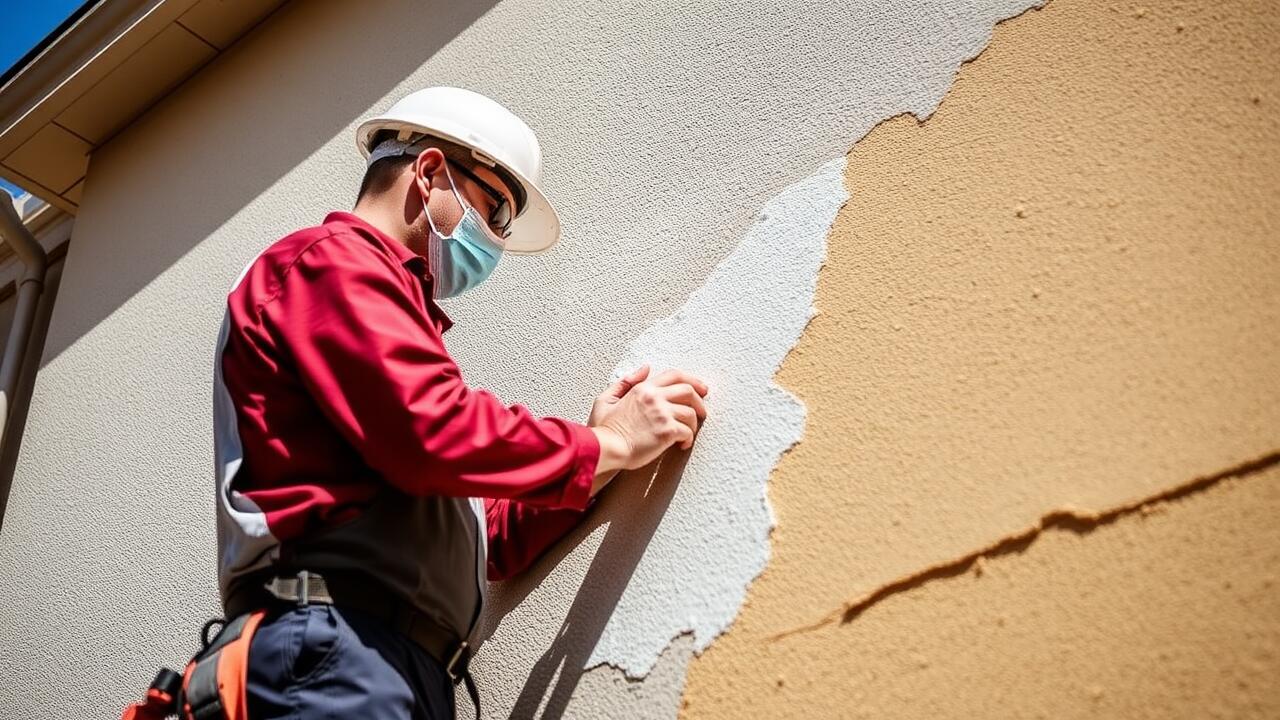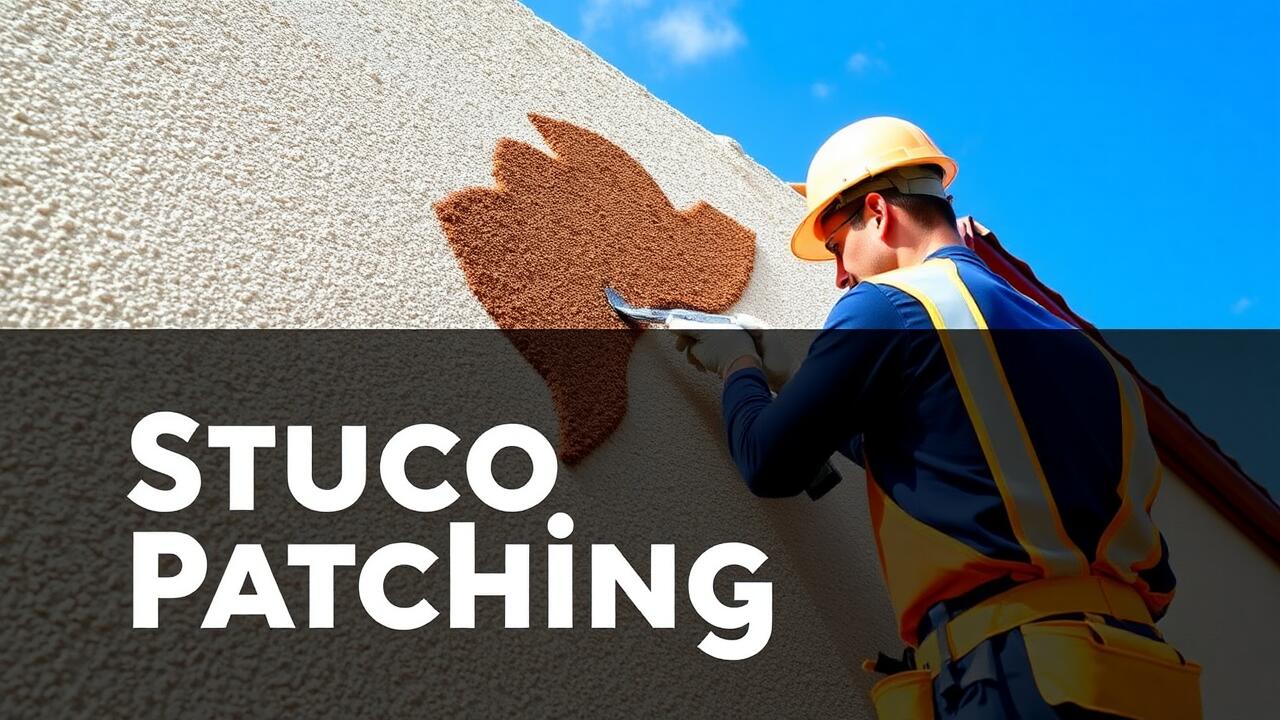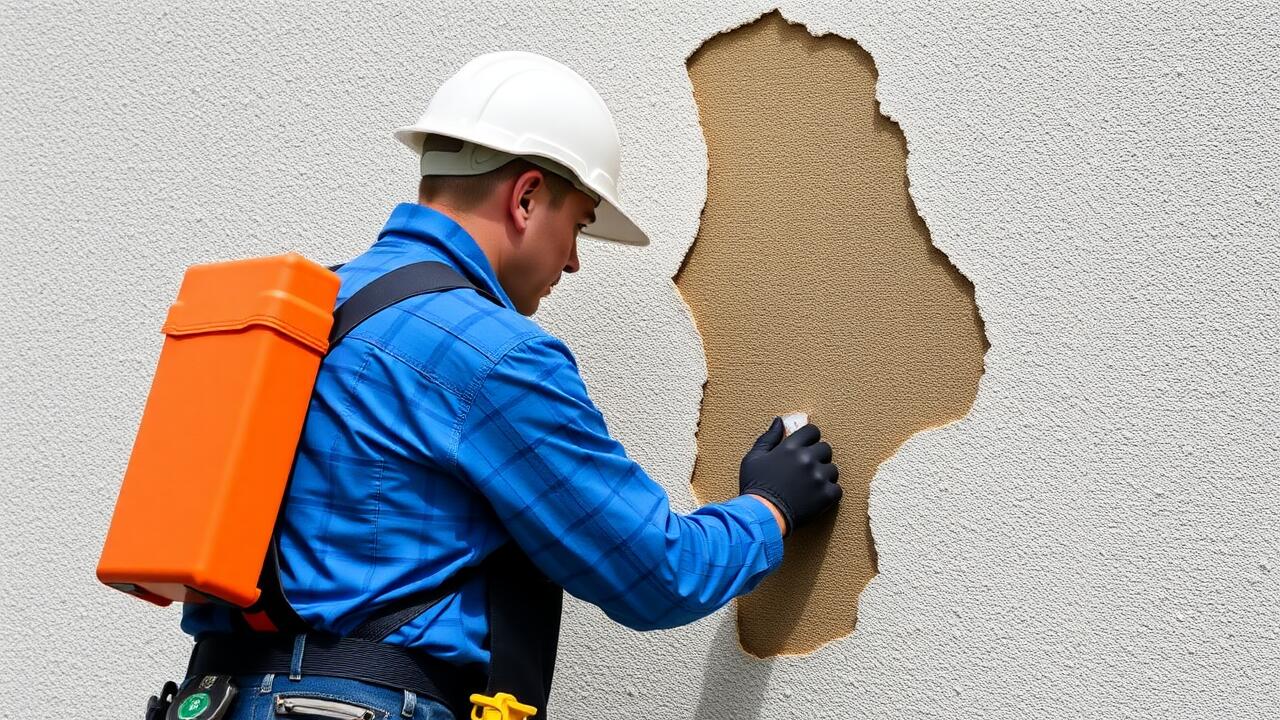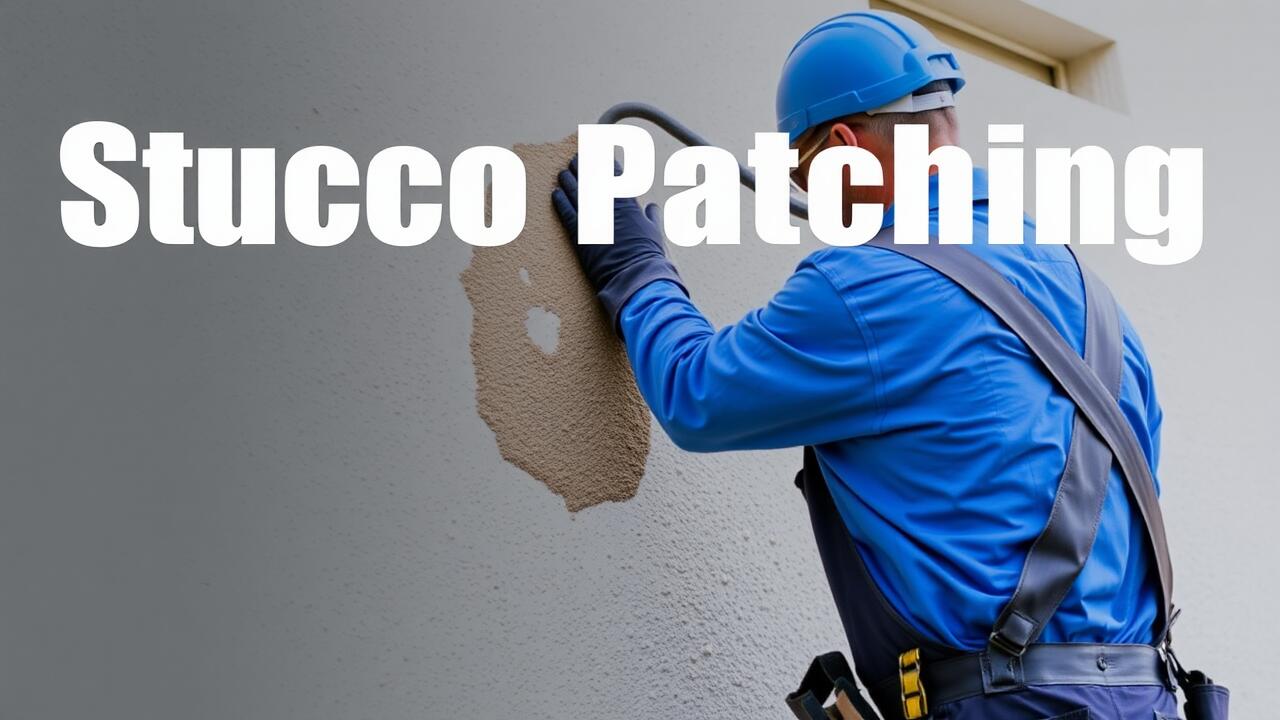
Ensuring Proper Adhesion
Proper adhesion is crucial in achieving a seamless finish when patching stucco. Before applying the patch material, ensure the surface is clean and free of dust, debris, or grease. In Palms, Los Angeles, stucco patching frequently encounters moisture issues, so it’s essential to assess the area for any signs of water damage or dampness. If moisture is present, addressing it beforehand will help prevent future adhesion failures.
The choice of patch material also plays a significant role in ensuring a strong bond. Using a product specifically designed for stucco can enhance adhesion compared to general-purpose materials. When mixing your patching compound, follow the manufacturer’s instructions for optimal consistency. Applying a bonding agent to the area before the patch can further improve adherence. This step is particularly beneficial in regions like Palms, where variations in humidity can affect performance.
Tips for Effective Bonding
Achieving effective bonding during stucco patching is essential for a durable repair. Surface preparation plays a crucial role in this process. Clean the area around the patch to remove any dust, debris, or loose material. This ensures that the new stucco adheres properly. In areas like Downtown Los Angeles, where the climate can vary, it’s vital to dampen the surface slightly before applying the patch to enhance adhesion.
Selecting the right bonding agent can make a significant difference. Many professionals recommend using a primer specifically designed for stucco applications. This not only improves the adhesion but also helps to create a uniform surface that blends well with the surrounding texture. In the context of Los Angeles stucco patching, considering the local weather conditions can influence the choice of materials used, ensuring long-lasting results.
Finishing Touches on Your Patch
Achieving a smooth and even surface on your stucco patch is essential for maintaining the overall aesthetic of your building. In North Hollywood, Los Angeles, Stucco Patching often involves using a variety of tools such as trowels, floats, and brushes to ensure the final texture matches the surrounding areas. Start by feathering the edges of the patch to blend it seamlessly with the existing stucco. This technique helps prevent noticeable transitions and provides a more uniform appearance.
After smoothing the patch, it’s important to apply a finish that complements the existing surface. In North Hollywood, Los Angeles, Stucco Patching projects may require applying a textured finish or a color coat to enhance the visual appeal. Experimenting with different applicators can help achieve the desired look. Always consider the weather conditions before applying any finish to ensure optimal results. Proper attention to these finishing touches will not only improve the appearance but also contribute to the longevity of the repair.
Techniques for Smooth and Even Surfaces
Achieving a smooth and even surface during stucco patching requires careful technique and attention to detail. Start by applying the patch with a trowel, ensuring it is pressed firmly against the surrounding wall. Use long, even strokes to spread the material, feathering the edges to blend seamlessly with the existing stucco. Once the patch is applied, it's important to smooth it out using a damp sponge or float, which will help eliminate any imperfections and create a uniform finish.
After the initial application, revisit the patch after it begins to set, but before it fully dries. This stage allows for finer adjustments and the possibility of reworking the surface for added smoothness. For those in Sherman Oaks, Los Angeles, stucco patching can benefit from various expert techniques to achieve a flawless look. Employing gentle pressure and consistent movements will enhance the overall appearance of the patch, leaving a professional and aesthetically pleasing result.
Curing the Patch Correctly
Curing the patch correctly is essential for ensuring longevity and durability. The curing process allows the materials to bond effectively, reducing the likelihood of cracking or chipping. Protecting the newly patched area from extreme weather conditions can also enhance the curing process. In regions like Los Feliz, Los Angeles, where temperatures can fluctuate, monitoring the conditions becomes crucial for a successful outcome.
Adequate drying time is often overlooked but is a vital factor in the finishing stages of stucco patching. Rushing this step can lead to compromised structural integrity and uneven surfaces. Observing the manufacturer's guidelines regarding drying times helps achieve optimal results. In Los Feliz, Los Angeles stucco patching projects, patience during the curing phase often yields a flawless finish that stands the test of time.
Importance of Adequate Drying Time
Drying time plays a crucial role in the effectiveness of a stucco patch. If the patch doesn't receive adequate time to dry, it can lead to issues such as cracking, peeling, and even detachment from the underlying surface. Factors like humidity, temperature, and the thickness of the application can significantly influence the drying process. Understanding these variables helps ensure the patch cures properly and achieves a strong bond.
In Silver Lake Heights, Los Angeles stucco patching, it's advisable to allow the patch to cure for at least 24 to 48 hours, depending on the weather conditions. Monitoring the environment during this period will provide insights into how the patch is evolving. A rushed job can lead to future repairs, negating the effort put into the initial patching work. Prioritizing proper drying time ultimately results in a more durable and visually appealing finish.
FAQS
What are the common causes of poor adhesion in stucco patches?
Common causes of poor adhesion include inadequate surface preparation, using the wrong type of bonding agent, and applying the patch in unsuitable weather conditions.
How can I ensure that my stucco patch bonds effectively?
To ensure effective bonding, clean the area thoroughly, apply a bonding agent if necessary, and follow the manufacturer's instructions for mixing and applying the patch.
What steps should I take to achieve a smooth finish on my stucco patch?
For a smooth finish, use a trowel to apply the patch evenly, feather the edges to blend with the surrounding surface, and consider using a damp sponge to smooth out any imperfections.
How long should I allow my stucco patch to cure?
Curing time can vary based on the specific product used and environmental conditions, but typically, a patch should cure for at least 24 to 48 hours before being painted or exposed to moisture.
What should I do if my stucco patch develops cracks after curing?
If cracks develop after curing, assess the cause, such as improper mixing or inadequate drying time, and consider reapplying the patch following proper techniques to ensure a stronger bond.



